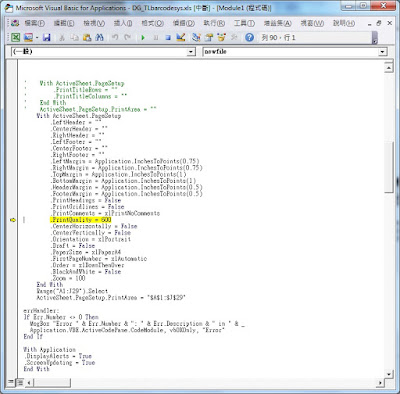

We put together a giant PDF with over 300 pre-built macros and we want you to have it for free. Sharing articles with others is how will continue to grow, so I genuinely appreciate it. If you found this tutorial helpful, please share this article with your friends on Facebook and Twitter and subscribe using the form below. Raising a custom error on the spot might just be another tool in your macro toolbox to help you and your end-users out. On Error GoTo statements can be confusing and users may not be able to trace where the errors actually occurred. I don’t raise custom errors often, but for small projects where my source code isn’t locked down for the end user, I can see some benefits to handling errors using the Err.Raise method instead of tediously trapping them and trying to get the user to solve them on the fly. Raise Number : = 11 'Whoops! I forgot my description. Let’s say we rerun my example macro but instead of setting the Number variable to vbObjectError + 513, we change it to this:Įrr. Let me illustrate what I mean with an example. The point I just made about using the vbObjectError in your Number argument to avoid conflicts with pre-defined system errors may not seem that important, but it can save some serious confusion down the road. Keep reading to find out why this important. To avoid conflicts, it recommends adding your number to the constant vbObjectError, like I did in the example above. Regarding the Number argument, the help manual says the range 0 to 512 is reserved for system errors and valid numbers above 512 can be used for user-defined errors. Again, you’ll rarely go through the time to make one of these so don’t worry about this argument, either. The topic in your HelpFile that provides help for your particular error number. You’ll rarely go through the time (and money) to make one of these so don’t worry about this argument. The path of a help file to help the user diagnose and debug your custom errors.


This is the text that will appear on the screen when your error dialog box appears. The string that actually describes the error encountered. I don’t find this argument particularly useful for most projects so I just accept the default, which is the project name (ex: VBAProject). String stating where the error occurred in a format like Project.Class (ex: VBAProject.Class1). Required number that you want to appear when your error message pops up.


 0 kommentar(er)
0 kommentar(er)
